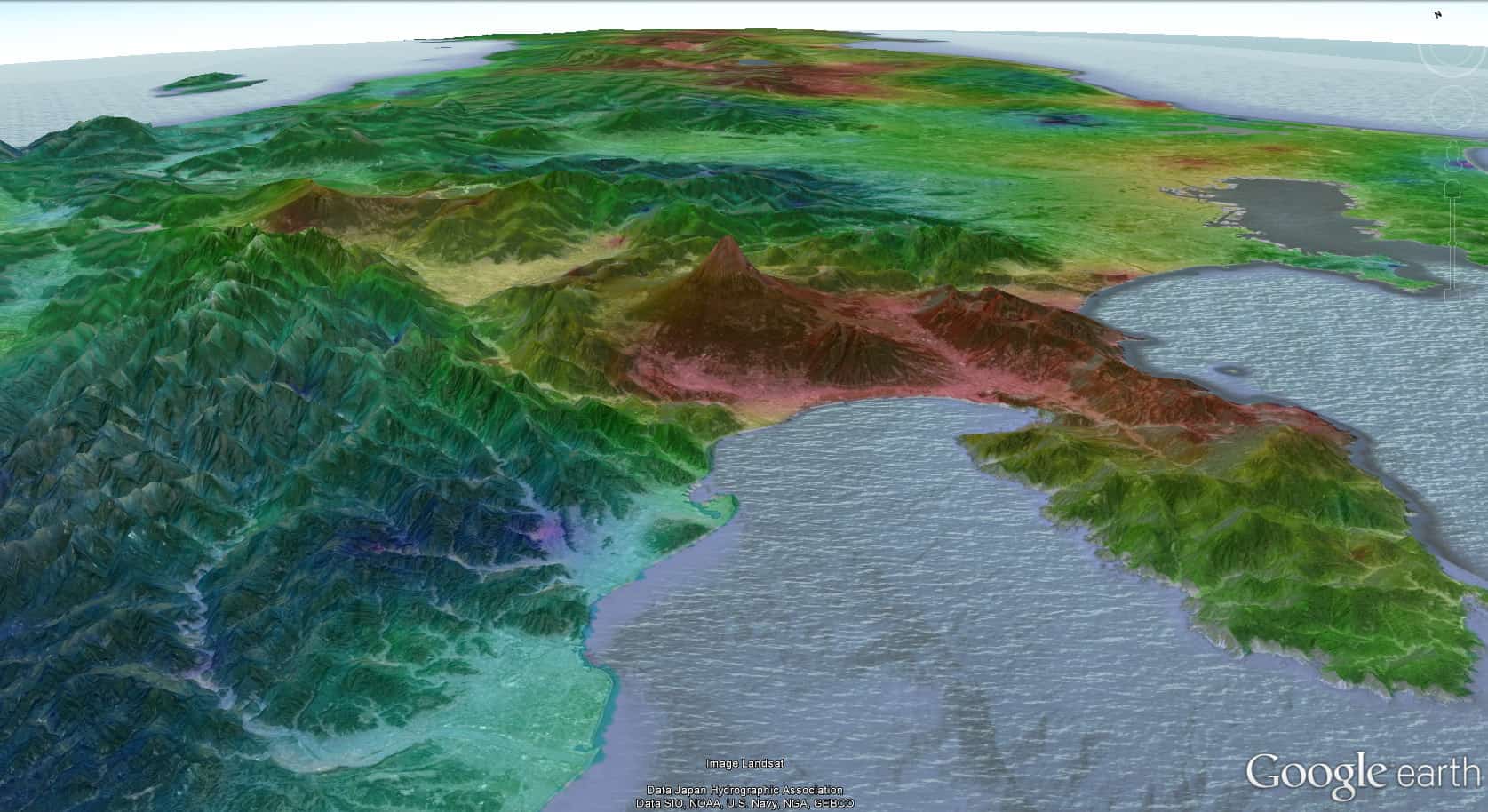
By Tushna Commissariat
Plumbing problems do not get any bigger and more complicated than a backed-up volcano. But geophysicists looking at the responses of ground waves below Japanese volcanoes have now come up with a technique for identifying where pressurized volcanic fluids build up, allowing them to better anticipate when a volcano may erupt. Scientists already knew that seismic waves from large earthquakes agitate volcanic systems and that large eruptions generally follow a build-up of pressurized fluids at some depth. But they had been unable to pin down the specific physical changes that seismic waves cause. Now though, Florent Brenguier of the Institut des Sciences de la Terre in Grenoble, France, and colleagues at the University of Tokyo have used recordings of seismic-wave velocity from the devastating 2011 Tōhoku earthquake to create a map of seismic-velocity changes in its aftermath. Surprisingly, the largest changes were not observed in the area closest to the earthquake epicentre near the Pacific coast but farther inland, immediately below volcanic regions. The image above highlights an anomalously low seismic velocity below the Mount Fuji volcano after the earthquake, despite it being some 500 km from the epicentre. The drop in velocity is because the regions are susceptible to earthquake shaking – cracks in the crust open so that fluids at high pressures can escape, and could be seen as proxies for the high-pressure fluid build-up (Science 345 80).



